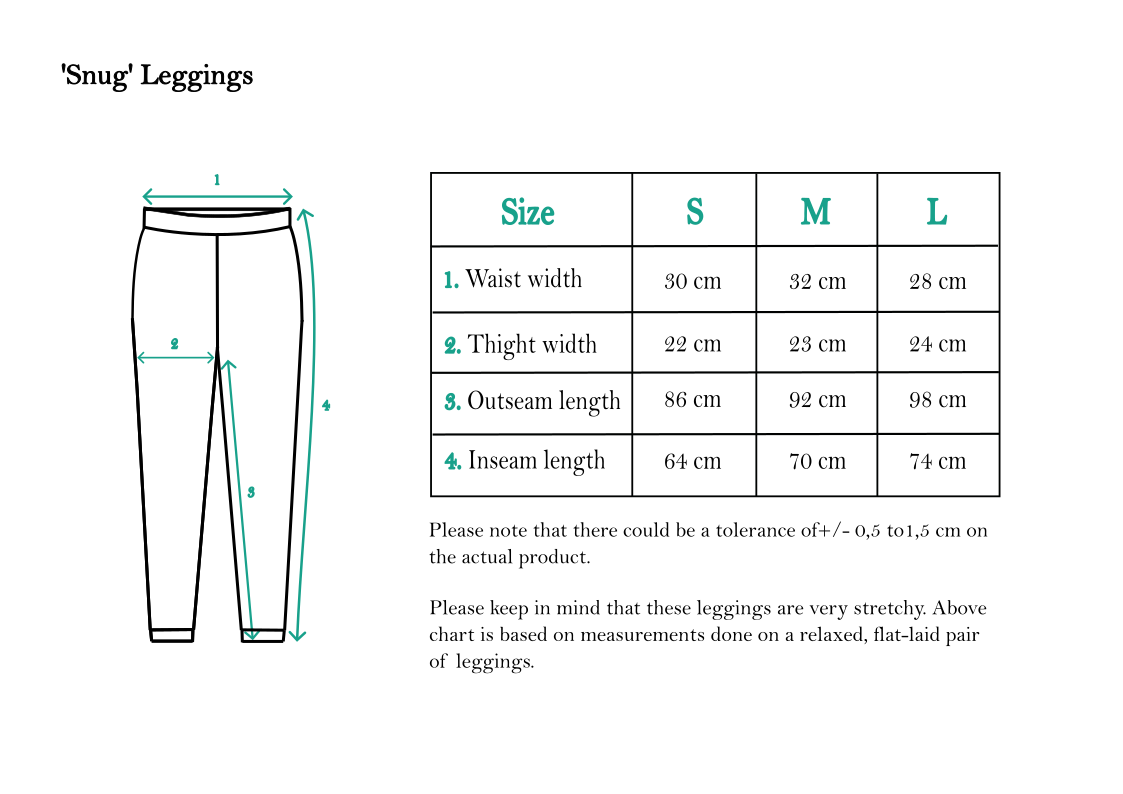Size Guide for All Products - Please scroll down to find the right product chart



Did you know that the fashion industry…
 My name is Nomindari Mendee. I was born and raised in Mongolia, from where one can find the best quality cashmere fibers in the world.
My name is Nomindari Mendee. I was born and raised in Mongolia, from where one can find the best quality cashmere fibers in the world.
Although cashmere is usually associated with luxury and elegance, its producers, goats, are not exactly graceful when it comes to the environment. The goats have sharp hooves that cut through the soil surface. They bite the plants and the grass with their roots out of the ground, which makes it difficult for the already fragile grassland to recover.
To support grassland regeneration in Mongolia, we established a company that offers wool products that are an alternative to cashmere.
At this point, 65% of the national territory is threatened by desertification, and the numbers don’t seem to be getting any better. My wish is to help support grassland regeneration in Mongolia, by using an alternative to cashmere, and by dedicating a part of our sales towards environmental projects. That’s how Good Wool Story came to life.
Good Wool Story is an advocate of slow fashion, where clothing is created with timeless design, high-quality craftsmanship, and ethical production. We strongly believe that clothing that is loved and cared for lasts longer in our wardrobes.
When people wear it, they care for themselves but also for society and the environment as a whole. Good Wool Story offers products of comfort and elegance that care for the planet and people by supporting projects that preserve the environment and empower the people at the very bottom of the supply chain.
Good Wool Story endeavors to be 360-degree socially responsible business by empowering people and protecting the nature.
We are working directly with a handful of manufacturers who specialize in producing cashmere and yak wool garments in Mongolia to build a comprehensive, long-term strategy toward a brighter future. The employees of these manufacturers are paid higher wages than their counterparts in China and in other Southeast Asian countries. The raw materials are sourced directly from nomads via herder’s cooperative organizations.
Besides being the environmentally friendly alternative to cashmere, yak down has earned recognition for its remarkable qualities.
Winters in Mongolia are long and harsh, with temperatures ranging from -20°C to -50°C. Mongolian yaks are adapted to survive in this extreme weather condition, with the help of their warm undercoat of hair, named yak down. In late spring, yaks shed their down naturally to prepare for the warm temperatures. This is when the nomadic herders hand-comb the yaks to source this precious quality fiber.
“Every purchase YOU make is a chance to VOTE with your wallet.”
Read more: Our WHAT
Sources:





